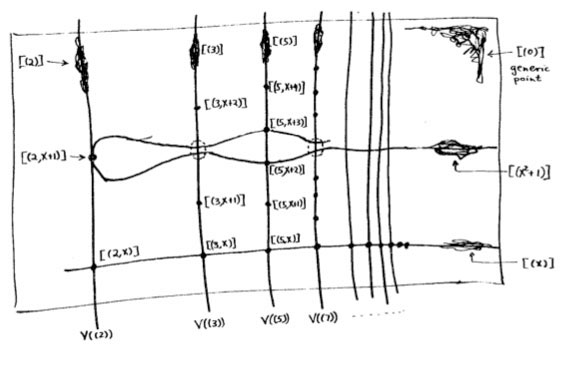![]() This question is one close vote away from closing, all four marking "Community-specific reason" - which is a new substitute for "Off-topic". The question clearly is on-topic. What guideline, then, is being violated?
My guess for the 'real' reason is the opening statement, which some users found ...
This question is one close vote away from closing, all four marking "Community-specific reason" - which is a new substitute for "Off-topic". The question clearly is on-topic. What guideline, then, is being violated?
My guess for the 'real' reason is the opening statement, which some users found ...




